Femia > Health Library > Your cycle > Health > Cycle syncing: Optimize your lifestyle with your menstrual cycle phases
Cycle syncing: Optimize your lifestyle with your menstrual cycle phases
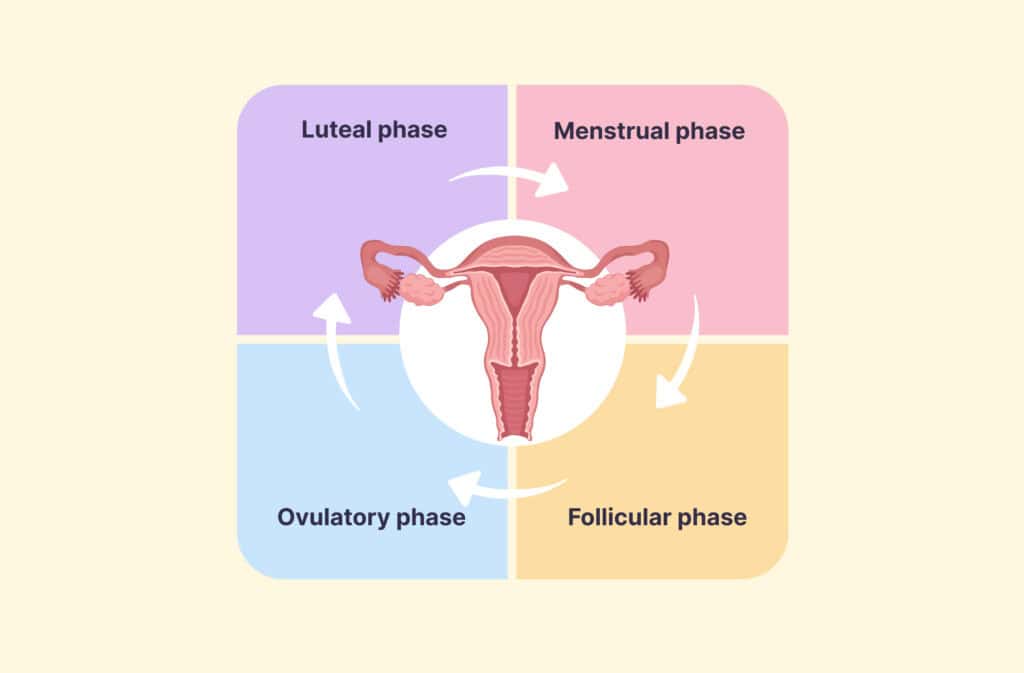
- Updated Mar 2, 2025
- Published
CRAFTED BY HUMAN
Crafted by human At Femia, we provide accurate and up-to-date information at every stage of your journey, from trying to conceive, pregnancy and postnatal support. All content is created by a real person based on in-depth research and own professional experience. Femia ensures that you will receive expert advice, strict accuracy and a personalized approach from our authors/medical experts. Learn more about our editorial policy.
FACT CHECKED
Fact checked At Femia Health, we maintain the highest standards of editorial excellence in delivering content focused on helping you conceive, guiding you through pregnancy, and supporting you postpartum. Explore our content review principles to learn how we ensure the accuracy and quality of our health and lifestyle tips for every stage of your journey.

Created with Hector Chapa, MD, FACOG, Clinical associate professor, Obstetrics and Gynecology Texas A&M University, College of Medicine in Bryan-College Station, USA
- Cycle syncing aligns your lifestyle with your menstrual cycle’s four phases. By adjusting diet, exercise, and self-care to match hormonal changes, you may boost energy, mood, and productivity.
- While research is ongoing, many women report benefits.
- Start by tracking your cycle and making small adjustments to gradually reap the rewards of this holistic practice.
- Remember, every cycle is unique, so be patient as you find what works for you.
We are entering a new era of wellness for women, where understanding and embracing your body’s natural rhythms can lead to enhanced health, productivity, and well-being.
Cycle syncing is a holistic approach to improving your mental and physical well-being by aligning your daily activities, diet, exercise, and self-care routines with the different phases of your menstrual cycle. This concept is gaining traction among women worldwide who are looking to optimize their lives by working with their bodies, not against them.
Whether you’re new to cycle syncing or refining your practice, we’ll offer tips to help you maximize each phase of your cycle. Join us to uncover the benefits, and learn how to integrate this approach into your daily routine for a balanced and vibrant life.
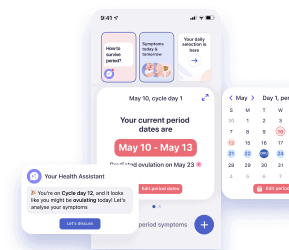
What is cycle syncing?
Cycle syncing is a holistic wellness approach that aligns daily activities with the hormonal and energy fluctuations of your menstrual cycle. By working with these hormonal changes, many people believe that you can optimize your health, boost your energy, improve your fitness, and enhance your overall well-being. While scientific research on its benefits are mixed, the trend has gained significant popularity, with athletes and influencers alike reporting health and lifestyle advantages.
The basic idea of cycle syncing is to recognize that the female body has different needs and strengths during each phase of the menstrual cycle. There are four phases of the menstrual cycle; the menstrual phase, follicular phase, ovulatory phase, and luteal phase. Each phase brings its own hormonal shifts, which can affect your energy levels, mood, and physical well-being. By adjusting your diet, exercise, work tasks, and self-care routines to fit these phases, you can work more harmoniously with your body’s natural rhythm.
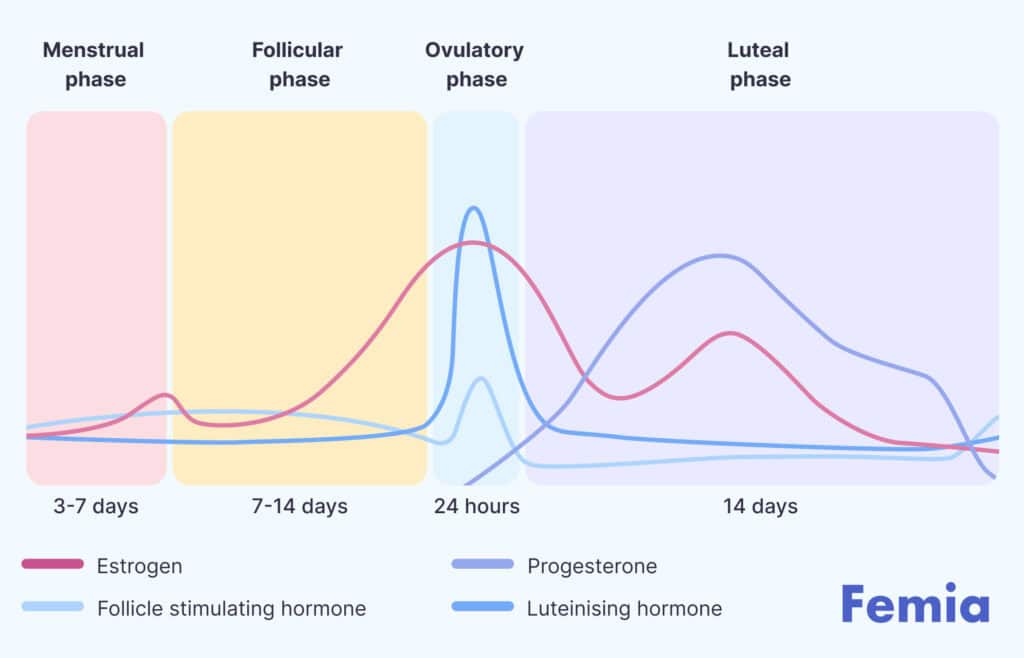
Phases of the menstrual cycle
The distinct phases of the menstrual cycle are each influenced by one of four main hormones: estrogen, progesterone, follicle-stimulating hormone (FSH), and luteinizing hormone (LH). These hormones rise and fall at different times throughout the cycle, creating different symptoms. But, here’s the thing: every woman’s cycle is unique. Some barely notice any changes in their mood, energy, appetite, or libido, while others could practically set their clocks by these symptoms.
Understanding how these phases affect you can help you to tailor your lifestyle to your cycle and enhance your overall well-being.
Here’s a breakdown of the average menstrual cycle, plus tips on how to optimize your lifestyle during each phase:
Important note: Keep in mind that your unique cycle may vary from the average, and that doesn’t mean that anything is wrong. However, if you have any concerns about your cycle, discuss them with your healthcare. They will be able to give you personalized care and advice.
Menstrual phase
Characteristics: This phase begins on the first day of your period and typically lasts three to seven days. It is the time in the cycle where your uterus lining sheds, causing your period.
This phase starts with estrogen and progesterone levels at their lowest, leading you to feel lethargic and sluggish. As they start to rise, you might find that your energy levels begin to build again.
Lifestyle recommendations:
- Exercise: Don’t be afraid to prioritize rest or focus on gentle activities like yoga, stretching, or light walking in the first few days if you’re feeling tired.
- Diet: Boost iron levels by eating more leafy greens, beans, and lean meats to replenish lost nutrients. Foods rich in omega-3 fatty acids like salmon, nuts, and flaxseed can also help reduce inflammation and period cramps. One small study found that women who took omega-3 supplements had less painful periods and needed painkillers less often.
- Self-care: Prioritize rest and sleep, and engage in relaxing activities like reading, meditation, or taking warm baths to soothe your body and mind.
👉Find out more: Understanding and managing cramps after sex: causes and solutions
Follicular phase
Characteristics: This phase starts after your period and continues until ovulation. During this time, estrogen levels begin to rise, and with it, so should your energy levels and even your creativity.
Lifestyle recommendations:
- Exercise: Take advantage of your increasing energy with more intense workouts such as cardio, strength training, and high-intensity interval training (HIIT). Some women get more strength gains from workouts during this period.
- Diet: If your exercise levels are increasing, then lean protein and complex carbohydrates are the best way to fuel your body. Hydration is also key; make sure you’re replacing any lost fluids.
- Self-care: You might be feeling more creative and social. It’s a great time to see friends, organize a date night, or take on a work project to get your creative juices flowing.
Ovulatory phase
Characteristics: The ovulatory phase occurs around the middle of your cycle and lasts roughly two days. Estrogen levels peak, and LH surges, leading to the release of an egg. This phase is characterized by high energy levels and increased libido for many women.
Lifestyle recommendations:
- Exercise: Continue with high-energy activities, and consider social workouts or group classes to make the most of your energy and sociability.
- Diet: Continue with foods that support energy, like in the follicular phase. Add in estrogen-balancing foods, such as leafy greens and cruciferous vegetables, to help your body process the extra estrogen it creates during this phase.
- Self-care: Embrace social interactions and networking opportunities whilst you’re feeling energized and engaged.
👉Find out more: Does ovulation make you horny? Understanding the link between ovulation and libido
Luteal phase
Characteristics: The luteal phase follows ovulation and lasts about 10 to 14 days. Progesterone levels rise to prepare the body for a possible pregnancy, leading to a decline in energy levels and, for some women, the onset of premenstrual symptoms (PMS). If pregnancy doesn’t happen, progesterone drops, and your period begins, marking the end of the cycle. Many women feel their most tired during this phase. Some may also notice a change in mood, appetite, and even brain power.
Lifestyle recommendations:
- Exercise: Shift to moderate activities like pilates, moderate strength training, and walking. As the phase progresses, focus on restorative exercises like gentle yoga.
- Diet: Emphasize complex carbohydrates, lean proteins, and healthy fats. Include magnesium- and vitamin B6-rich foods like bananas, avocado, nuts, seeds, and dark chocolate to help alleviate PMS symptoms. Have healthy but tasty snacks on hand to avoid reaching for unhealthy alternatives.
- Self-care: Prioritize stress reduction techniques, such as meditation, massage, or deep breathing exercises. Allow for more rest and self-compassion, as you may experience mood fluctuations and lower energy levels.
Both PMS and the more severe version—premenstrual dysphoric disorder (PMDD)—can significantly affect your life. If you think you might be suffering from either of these and that it is impacting your mental or physical health or disrupting your daily life, speak to your healthcare provider for more personalized advice.
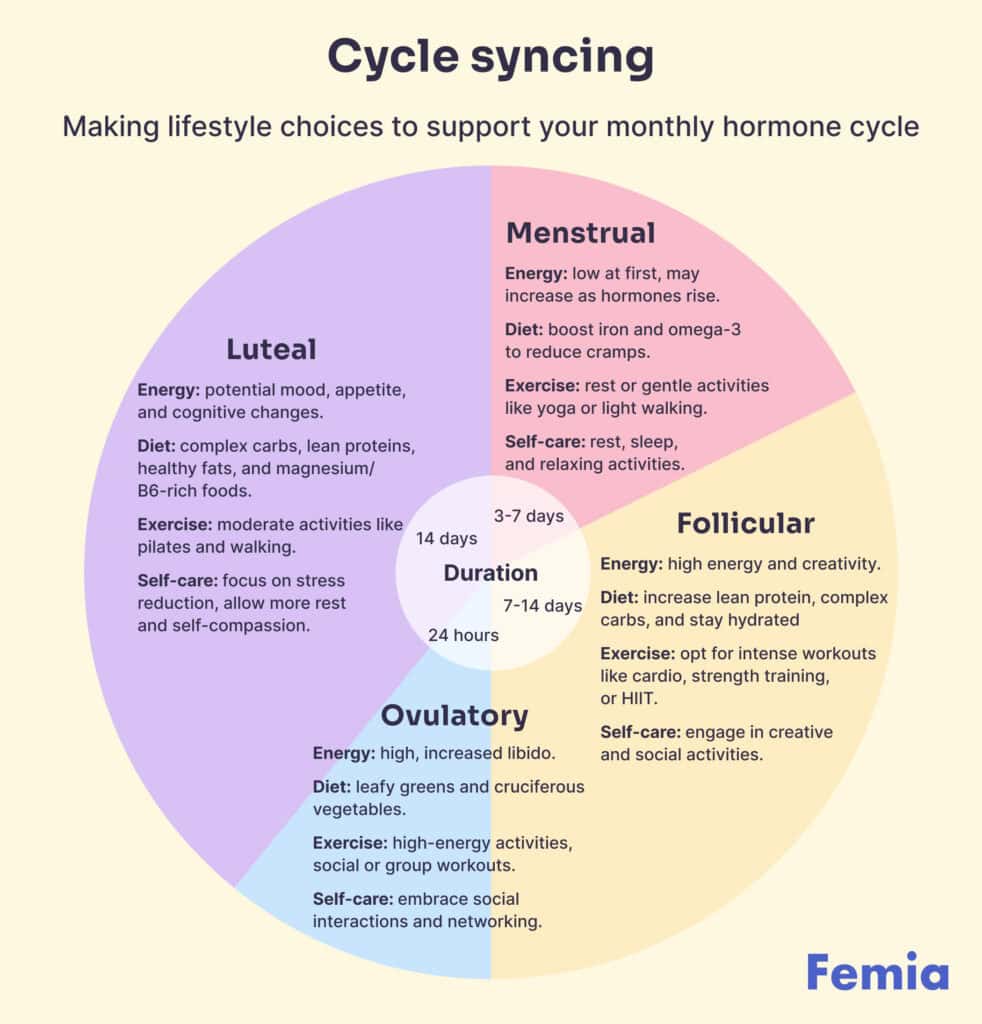
What does the research say?
Cycle syncing is a relatively new concept, so there’s limited research on its benefits. Most studies focus on elite athletes and how the menstrual cycle affects fitness and injury risks.
- Injury risks: A 2023 review found that women are at higher risk of injury during ovulation, while a 2024 study of female footballers indicated increased injury risk during the luteal phase. Both studies agree that more research is needed.
- Performance: Research on athletic performance throughout the menstrual cycle has also been inconclusive. A systematic review highlighted that current evidence is inconclusive and poor quality and called for more studies.
- Sleep: One study reported that women experience poorer sleep quality around menstruation, which might explain why many feel more tired during their period. Understanding these patterns can help women manage their sleep better.
- Strength training: Another small study found that strength training during the follicular phase (right after your period finishes) is more effective for building muscle and strength compared to training during the luteal phase.
- Creativity: A small study in the 90s found that when estrogen and LH are at their highest, before you ovulate, so is your creativity. A second small study from 2021 had similar results. According to these results, Around the time you’re fertile (follicular and ovulatory phase), you may be more creative and flexible in your thinking around the time you’re fertile (follicular and ovulatory phase).
Overall, while early research hints at potential benefits of cycle syncing, more high-quality studies are needed to draw definitive conclusions.
👉Find out more: Reverse Kegels: What they are, how to do them, and their benefits
Benefits of cycle syncing
While the scientific evidence is still developing, many women anecdotally report benefits from cycle syncing, including:
- Improved energy levels: By aligning activities with the body’s natural rhythms, you can feel more energized. Adapting diet and exercise to your phase can also help combat period cramps and fatigue.
- Enhanced mental well-being: Understanding the hormonal influences on your mood and stress levels can help while planning social activities, self-care, and work commitments. Saving the most energy-draining activities for the follicular phase can help to reduce stress and improve your work-life balance.
- Enhanced physical performance: Athletes and fitness enthusiasts often report that adjusting their training schedules to their cycle phases helps optimize performance and recovery and can even prevent injury.
- Boosted productivity: tackling challenging projects during your most energized and creative moments can enhance problem-solving and lead to success.
Who can benefit from cycle syncing?
Cycle syncing can be helpful for anyone who menstruates. However, it can be especially helpful for women who are concerned that their menstrual cycle is affections their mental or physical health or for women dealing with conditions affected by their menstrual cycle such as:
- polycystic ovarian syndrome;
- endometriosis;
- premenstrual syndrome;
- PMDD;
- premenstrual exacerbation (PME).
How to cycle sync: Tips and tricks
Syncing your cycle to optimize your well-being can feel overwhelming, and you may be wondering how to get started. Here are some top tips to help you on your road to balance and bodily harmony:
Tracking your cycle
The first step you need to take is to track your menstrual cycle. Here are some methods:
- Apps: Use a period-tracking app like Femia. Apps help you record your cycle phases, symptoms, and predict future cycles.
- Journals: If you don’t like apps, then keep a journal to note the start and end dates of your period, as well as any symptoms or changes in mood and energy levels. Over time, you should build a clearer picture of how your hormones are affecting you.
Planning ahead
- Create a schedule: Map out your month according to your cycle phases. Where possible, schedule high-energy tasks and social events during your follicular and ovulatory phases, and plan for extra rest and self-care during your menstrual and luteal phases.
- Meal prep: Prepare meals in advance according to your phase-specific nutritional needs. This saves time and ensures that you’re eating the right foods for your cycle.
Being flexible
- Adjust as needed: Life doesn’t always follow a schedule, and neither does your body. Be prepared to adjust your plans if your symptoms or energy levels change unexpectedly.
- Prioritize self-care: If you’re feeling particularly low on energy or experiencing discomfort, prioritize self-care over sticking to a rigid schedule.
Listening to your body
- Tune into your symptoms: Pay attention to how you feel throughout each phase of your cycle. If certain activities or foods make you feel better or worse, take note, and adjust accordingly.
- Be kind to yourself: Don’t push yourself too hard if your body is signaling that it needs rest. Honor your body’s needs, and give yourself permission to slow down when necessary.
- Regular check-ins: Regularly check in with yourself to assess how cycle syncing is working for you.
Challenges and considerations
While cycle syncing can be highly beneficial, it does come with potential challenges. Here are some common issues and how to solve them:
- Irregular cycles
If you have an irregular cycle, it can be difficult to link symptoms to a phase and predict your phases.
Try:
- Track first: Before syncing your lifestyle, use an app like Femia or journal to track your cycle over six months. This can help you identify patterns, even if your cycle is irregular.
- Focus on symptoms: Pay attention to your body’s symptoms, such as changes in energy levels, mood, and physical signs like cervical mucus, to help you track.
- Consult a healthcare professional: If your cycles are consistently irregular, speak to your healthcare professional. They can provide guidance and check for underlying conditions that may need attention.

- Busy and unpredictable schedules
Life’s demands won’t always align with your menstrual cycle, making it hard to follow a strict cycle syncing plan.
Try:
- Flexible planning: Create a flexible plan that allows for adjustments. For example, if you can’t avoid a high-energy task during your menstrual phase, balance it with rest and self-care activities afterward.
- Prioritize: Integrate cycle syncing where it’s most feasible and beneficial. Even small adjustments can make a difference.
- Social and work commitments
Social and work commitments can be especially difficult to balance, as they can often fall during low-energy phases.
Try:
- Communicate: Where possible, communicate your needs to your employer or loved ones. Often, small adjustments can make a world of difference to how you’re feeling.
- Adapt on the go: If you have a busy social or work period during a low-energy phase, incorporate mini self-care practices and energy-boosting snacks to help you manage.
Questions from the Femia community
My periods are irregular—can I still try cycle syncing?
Yes, people with irregular periods can still practice cycle syncing. Although it may require a bit more effort and flexibility, cycle syncing can be adapted to suit irregular cycles. Try focusing on tracking your body's symptoms and hormonal cues rather than relying solely on a calendar. Over time, you may find patterns in your cycle that can guide your syncing efforts. Don’t be afraid to reach out to your healthcare professional to discuss your irregular cycles, and see what they advise.
I'm on the pill—would cycle syncing be useful for me?
Yes, cycle syncing can still be beneficial for people on hormonal birth control. Even though hormonal contraceptives regulate the menstrual cycle differently, tracking symptoms and adjusting your diet, exercise, and self-care practices can help you manage side effects and enhance your overall well-being. By paying attention to how your body feels, you can optimize your lifestyle to better suit your needs, even without natural hormonal fluctuations.
Can men benefit from cycle syncing principles?
Although cycle syncing is specific to the female menstrual cycle, men can benefit from the principles of cycle syncing by tracking their own natural energy and mood fluctuations. By paying attention to their body's signals, men can optimize their diet, exercise, and productivity to align with their personal rhythms, leading to improved overall well-being and performance.
The bottom line
Cycle syncing offers a holistic approach to improving health and well-being by aligning lifestyle choices with the natural rhythm of the menstrual cycle. The benefits can include enhanced energy, better mood management, and increased productivity. Start small by tracking your cycle and making minor adjustments to your diet and exercise routines. Gradually incorporating these practices can lead to significant, positive changes in your overall quality of life.
References
- Baker, Fiona C., and Helen S. Driver. “Circadian Rhythms, Sleep, and the Menstrual Cycle.” Sleep Medicine, vol. 8, no. 6, Sept. 2007, pp. 613–22. https://doi.org/10.1016/j.sleep.2006.09.011.
- Barlow, Ally, et al. “Injury Incidence, Severity and Type Across the Menstrual Cycle in Female Footballers: A Prospective Three Season Cohort Study.” Medicine & Science in Sports & Exercise, Feb. 2024, https://doi.org/10.1249/mss.0000000000003391.
- Carruba, Giuseppe, et al. “A Traditional Mediterranean Diet Decreases Endogenous Estrogens in Healthy Postmenopausal Women.” Nutrition and Cancer, vol. 56, no. 2, Nov. 2006, pp. 253–59. https://doi.org/10.1207/s15327914nc5602_18.
- Department of Health & Human Services. “The Menstrual Cycle.” Better Health Channel, www.betterhealth.vic.gov.au/health/conditionsandtreatments/menstrual-cycle.
- “Eating and Exercise: 5 Tips to Maximize Your Workouts.” Mayo Clinic, 21 Dec. 2023, www.mayoclinic.org/healthy-lifestyle/fitness/in-depth/exercise/art-20045506.
- Fathizadeh, Nahid, et al. “Evaluating the Effect of Magnesium and Magnesium Plus Vitamin B6 Supplement on the Severity of Premenstrual Syndrome.” PubMed Central (PMC), 1 Dec. 2010, www.ncbi.nlm.nih.gov/pmc/articles/PMC3208934.
- Galasinska, Katarzyna, and Aleksandra Szymkow. “The More Fertile, the More Creative: Changes in Women’s Creative Potential Across the Ovulatory Cycle.” International Journal of Environmental Research and Public Health, vol. 18, no. 10, May 2021, p. 5390. https://doi.org/10.3390/ijerph18105390.
- Hamed-Hamed, Dina, et al. “Effects of the Menstrual Cycle on the Performance of Female Football Players. A Systematic Review.” Frontiers in Physiology, vol. 15, Apr. 2024, https://doi.org/10.3389/fphys.2024.1359953.
- Krug, Rosemarie, et al. “Effects of Menstrual Cycle on Creativity.” Psychoneuroendocrinology, vol. 19, no. 1, Jan. 1994, pp. 21–31. https://doi.org/10.1016/0306-4530(94)90056-6.
- Martínez-Fortuny, Núria, et al. “Menstrual Cycle and Sport Injuries: A Systematic Review.” International Journal of Environmental Research and Public Health, vol. 20, no. 4, Feb. 2023, p. 3264. https://doi.org/10.3390/ijerph20043264.
- Office of Dietary Supplements – Omega-3 Fatty Acids. https://ods.od.nih.gov/factsheets/Omega3FattyAcids-Consumer/.
- Premenstrual Dysphoric Disorder (PMDD) | Office on Women’s Health. www.womenshealth.gov/menstrual-cycle/premenstrual-syndrome/premenstrual-dysphoric-disorder-pmdd#:~:text=Premenstrual%20dysphoric%20disorder%20(PMDD)%20is,two%20before%20your%20period%20starts.
- “Premenstrual Syndrome (PMS) – Diagnosis and Treatment – Mayo Clinic.” Mayo Clinic, 25 Feb. 2022, www.mayoclinic.org/diseases-conditions/premenstrual-syndrome/diagnosis-treatment/drc-20376787.
- “Premenstrual Syndrome (PMS) – Symptoms and Causes – Mayo Clinic.” Mayo Clinic, 25 Feb. 2022, www.mayoclinic.org/diseases-conditions/premenstrual-syndrome/symptoms-causes/syc-20376780.
- Professional, Cleveland Clinic Medical. “Luteal Phase.” Cleveland Clinic, https://my.clevelandclinic.org/health/articles/24417-luteal-phase.
- Rahbar, Nahid, et al. “Effect of Omega‐3 Fatty Acids on Intensity of Primary Dysmenorrhea.” International Journal of Gynecology & Obstetrics, vol. 117, no. 1, Jan. 2012, pp. 45–47. https://doi.org/10.1016/j.ijgo.2011.11.019.
- Reed, Beverly G., and Bruce R. Carr. “The Normal Menstrual Cycle and the Control of Ovulation.” Endotext – NCBI Bookshelf, 5 Aug. 2018, www.ncbi.nlm.nih.gov/books/NBK279054.
- Roney, James R., and Zachary L. Simmons. “Hormonal Predictors of Sexual Motivation in Natural Menstrual Cycles.” Hormones and Behavior, vol. 63, no. 4, Apr. 2013, pp. 636–45. https://doi.org/10.1016/j.yhbeh.2013.02.013.
- Sung, Eunsook, et al. “Effects of Follicular Versus Luteal Phase-based Strength Training in Young Women.” SpringerPlus, vol. 3, no. 1, Nov. 2014, https://doi.org/10.1186/2193-1801-3-668. Website, Nhs. “Iron.” nhs.uk, 3 Aug. 2023, www.nhs.uk/conditions/vitamins-and-minerals/iron.
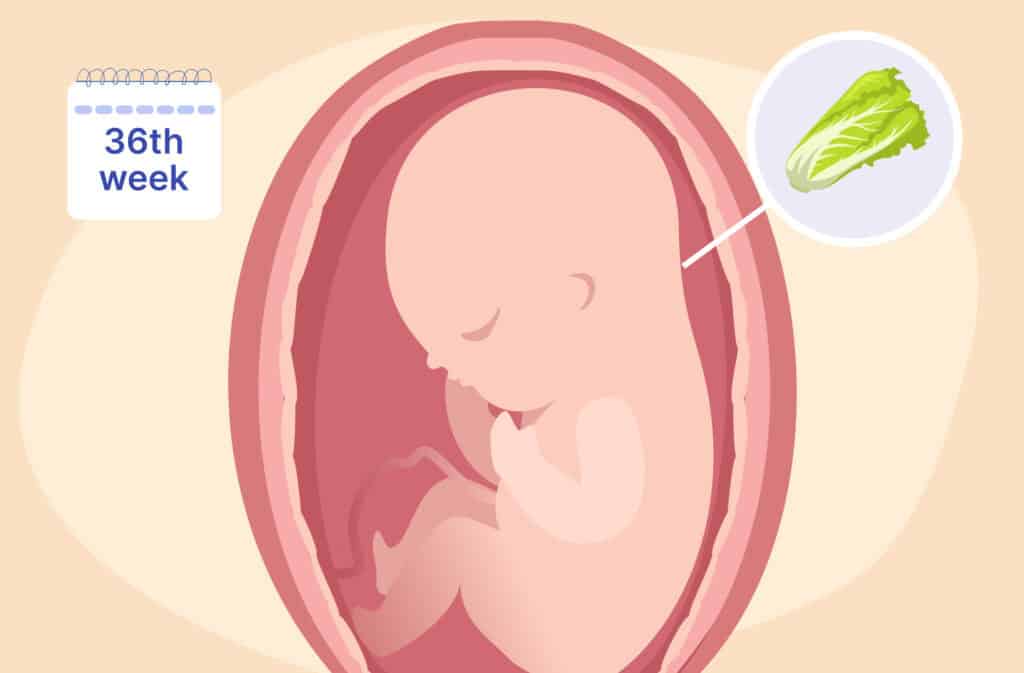
At 36 weeks pregnant, your baby is nearly early-term and preparing for birth. Learn about symptoms, delivery readiness, and labor tips.
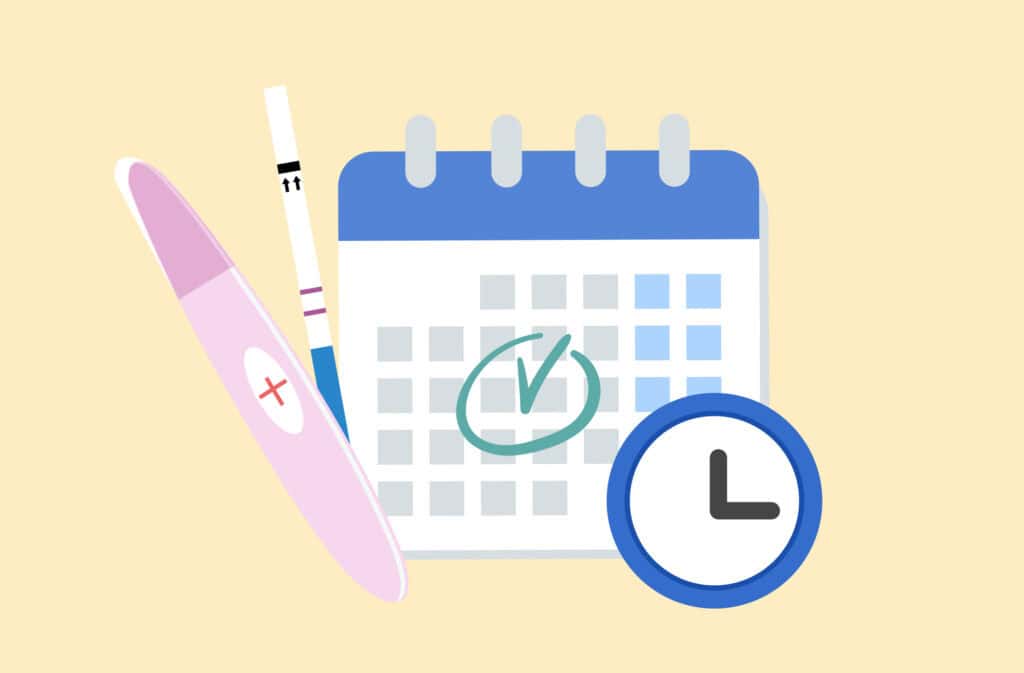
Can you get pregnant without ovulation? Learn how ovulation affects pregnancy chances, the importance of the fertile window, and what happens if you’re not ovulating.
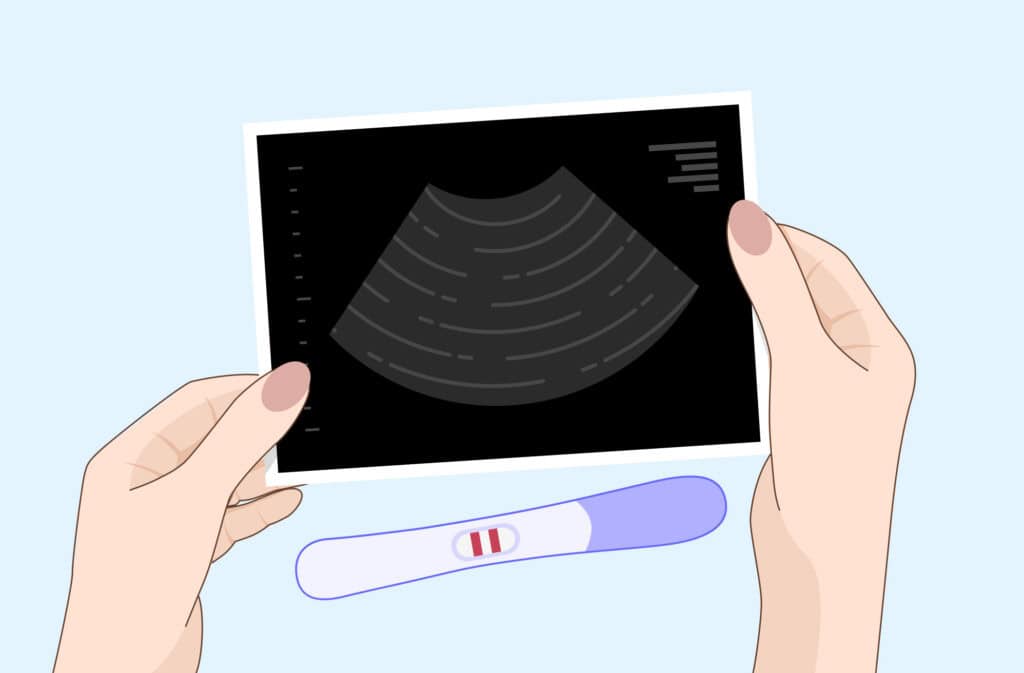
Discover why you might have a positive pregnancy test but no baby on ultrasound. Learn about 5 possible causes, including high hCG levels without pregnancy. Expert insights from Femia.
